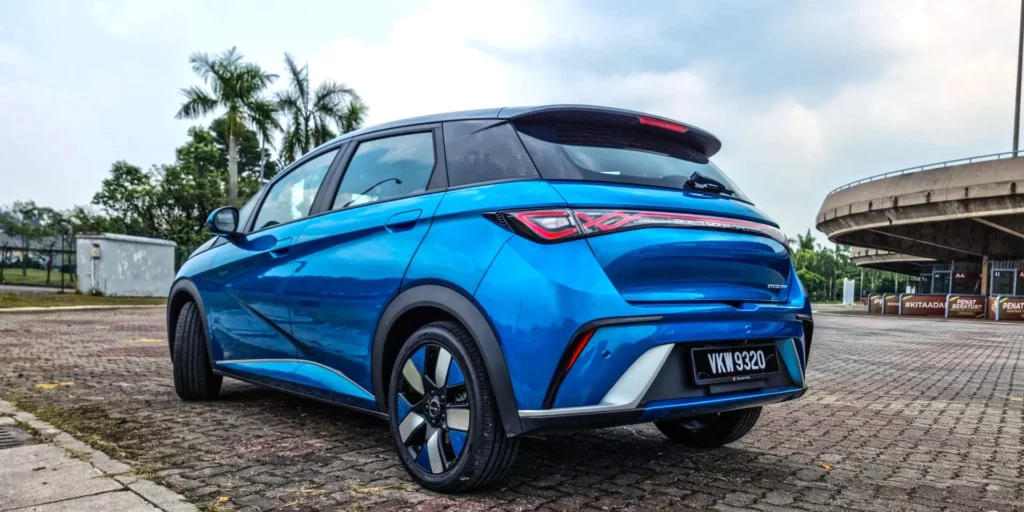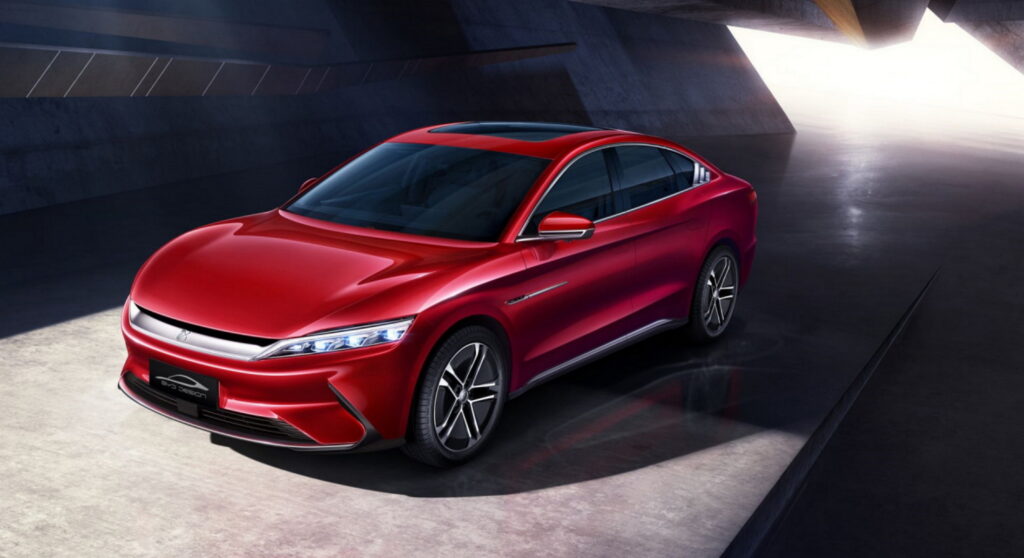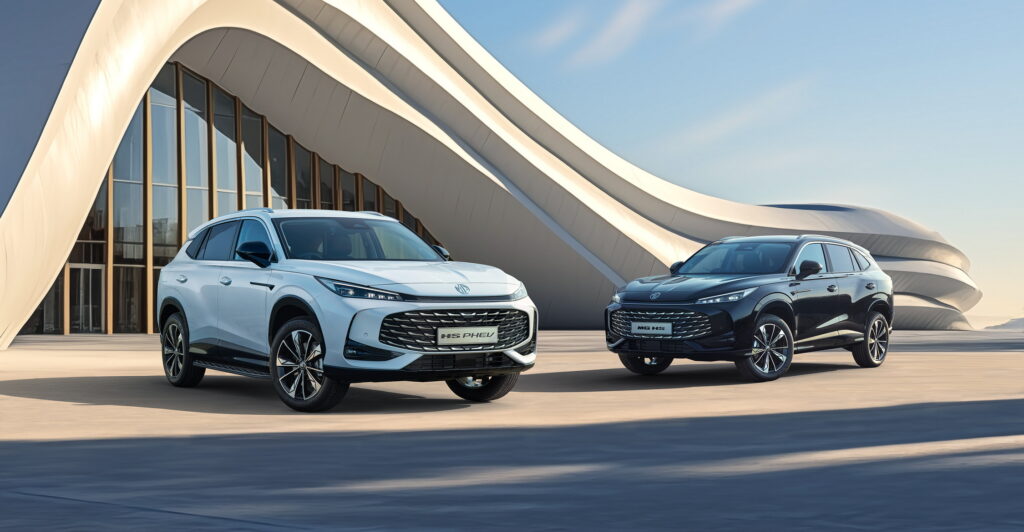Britain’s EV Boom Is Now Powered By China
- BYD sold a record 11,271 cars in the UK, up 880 percent.
- Battery-electric vehicles reached 22.1 percent market share.
- Plug-in hybrid sales rose 56.4 percent in September.
EV sales are on the rise in the UK, thanks in part to surging demand for vehicles from Chinese manufacturers such as BYD. Plug-in hybrids and traditional hybrids have also enjoyed strong growth, pushing total electrified vehicle sales beyond the combined total of petrol and diesel cars last month.
Read: EVs Poised To Exceed Half Of Europe’s New Car Sales Sooner Than Expected
In September, 72,779 new battery-electric vehicles were registered nationwide, marking a 29.1 percent jump from the 56,387 sold during the same month last year.
The pace hasn’t slowed over the course of the year either. So far, 349,414 BEVs have been sold, up 29.4 percent year-on-year. That now gives electric models a commanding 22.1 percent share of the UK’s new car market, a sharp climb from 17.8 percent a year ago.

Hybrid Uplift
The demand for plug-in hybrids has increased significantly. In September, PHEV deliveries increased by 56.4 percent to 38,308 units, and year-to-date, sales have reached 172,639, resulting in a 10.9 percent market share.
Regular hybrid models have followed suit, with sales rising 23.5 percent in September and 8.6 percent across the year to 222,669 units in total. The steady growth across all electrified categories shows that buyers are increasingly open to alternative powertrains, even if they’re not ready to go fully electric just yet.
While the electric tide rises, traditional fuels are losing ground. From January through September, petrol vehicle sales slipped 8.2 percent to 749,794, and diesel fared worse, down 14.3 percent to just 83,656.
China’s Growing Footprint
A major contributor to the electrified upswing has been BYD, whose presence in the UK has expanded dramatically. In September alone, the brand sold 11,271 cars, representing an eye-catching 880 percent increase compared with the same month last year.
Over the first nine months of 2025, BYD has sold 35,000 vehicles in the UK, capturing a 2.2 percent share of the market. That performance makes the UK its largest single market outside China.

To put BYD’s results for this year into perspective, it sold just 5,260 vehicles in the UK in the first three quarters of 2024.
MG, another Chinese brand with established roots in the UK, also enjoyed strong results. September sales jumped 62.71 percent to 14,577 units, while year-to-date growth sits at 4.11 percent, totaling 65,394 vehicles.
Other new Chinese entrants, including Changan, Chery, Jaecoo, Leapmotor, and Omoda, have also seen their sales increase, reflecting the growing influence of Chinese automakers across the UK market.
As for Tesla, its sales remained steady, rising 4.4 percent in September to 7,993 cars compared with 7,656 in the same month last year. Year-to-date, though, sales have dipped 3.4 percent to 36,160 units.








